Table of Contents
Step by step
- Official talks are on between India-China.
- The month-long stand-off between Indian and Chinese soldiers along the LAC in Ladakh and Sikkim.
- Military + Diplomatic discussion took place.
- Outcome of this meeting?
- Statements from both sides that the talks will continue indicate a desire to resolve the situation.
- Both sides said they will not allow “differences to escalate into disputes”
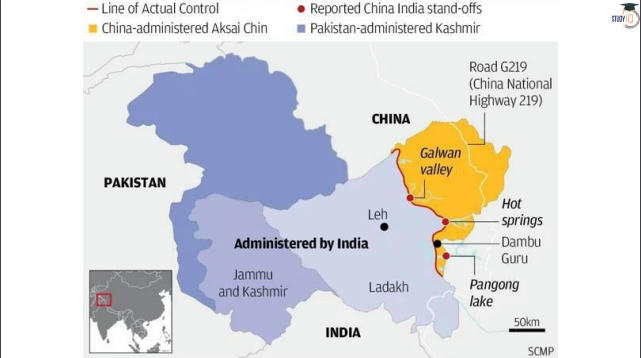
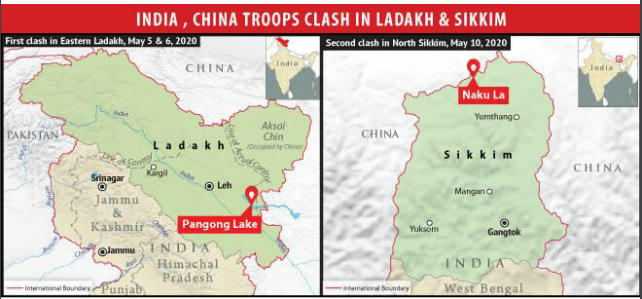
- It would be naive to assume that this stand-off can be resolved quickly through talks.
- Carefully decide, how to de-induct soldiers?
- Chinese soldiers vacate areas where they have dug in for weeks now. There is a need for strong political direction from Beijing to the PLA to do that.
- Nothing short of their full withdrawal should satisfy India.
- Home Minister’s vow in Parliament to “take back” Aksai Chin.
- China’s protests on the redrawing of the Jammu-Kashmir and Ladakh maps.
- The Defence Minister has said that Chinese troops arrived in “heavy numbers” and therefore the government must also study what intelligence was received ahead of such movement, and when action was taken upon it.
- Finally, why has the stand-off emerged at all, after the intense summit-level conversations in Wuhan and Mamallapuram to discuss building trust at the LAC?
Selling space
- For the United States to send American astronauts to space from American soil after a gap of nine years is a milestone in itself.
- Public-Private Partnership between NASA and Elon Musk’s SpaceX.
- With this partnership, Americans have taken yet another leap of faith in creating commerce in space.
- Russians charge $80 million to put one astronaut into space.
- SpaceX comes in to provide advantages in costs, innovation and safety.
- The collaboration brings in a ‘willingness to fail’ which has kept SpaceX alive.
- NASA wants Elon Musk to find customers for space flights.
- Japanese billionaire Yusaku Maezawa has already signed up as a potential traveller to the moon and back.
- NASA has partially outsourced its work of innovating, testing and building new technology to market players such as SpaceX.
- It has made clear its desire to invite more such innovative space companies to participate.
- India: ISRO facilities to private players.
- SpaceX: ‘Fly, test, fail, fix’
- ISRO already has a competitive edge in the global market for space technology.
- The state’s role as a just arbiter in finding a delicate balance between entrepreneurial adventure and vested interests is a prerequisite to compete in space with the superpowers.
Fighting sea blindness
- Naval warfare is undertaken just for the sake of naval warfare.
- A maritime country like India can ever be strong without a strong Navy, since it depends on the sea for over 97% of its trade.
- One source said the Indian Navy “has seen action only twice, 1965 and 1971, on the sidelines of the land operations and the aircraft carrier had minimum role”.
- India has seen classic naval action only once, in 1971, which was also a decisive victory.
- Terming carrier involvement as peripheral displays an incomplete understanding of military history.
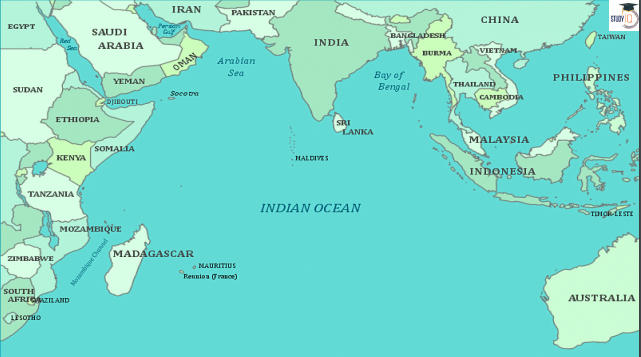
- In An Odyssey in War and Peace, Lt Gen J.F.R Jacob noted the maritime orientation of the briefing by Gen Sam Manekshaw and the Director of Military Operations, Maj Gen K.K. Singh, who identified the ports as “prime objectives”.
- It reads: “At the meeting, held in the operations room, Manekshaw, K.K. Singh, Arora and I were present… KK Singh spelt out the objectives, maintaining that if we captured Khulna and Chittagong… the war would come to an end”.
- Gen Jacob recommended utilising “our naval superiority” to have an “effective naval blockade”.
- The Indian Navy, using its lone carrier, ensured that no reinforcements or supplies were forthcoming and no escape route was possible.
- The contemporary argument that a carrier’s utility in “future war scenarios will be short and swift” is interesting.
- In 1971, for example, carrier-borne aircraft repeatedly attacked Chittagong and Cox’s Bazar airfields on the request of the Air Force.
- Aircraft carrier operations take years to master even if a ship is available.
- China’s 2015 defence white paper states that “the traditional mentality that land outweighs sea must be abandoned”.
- Forgoing a carrier due to budgetary constraints is counterproductive.
- An indigenously constructed carrier can galvanise the economy given the large number of industries and MSMEs involved in the supply chain.
- Carriers being required only for global powers is debatable.
- Carriers cannot be built overnight.
- Planning for the future requires foresight.
- Parochialism and sea blindness in an era of COVID-19 budget cuts can have a long-term impact on comprehensive national power.
The e-diplomacy experiment
- June 4: first India-Australia virtual leaders’ summit
- Topics: military interoperability to jointly tackling COVID-19
- Relations upgraded: ‘comprehensive strategic partnership’
- E-summits are physically safer for leaders and also time-saving and economising events where costly physical journeys with entourages can be avoided.
- March 15: SAARC leaders’ video conference
- March 26: Extraordinary G20 Leaders’ Summit
- May 4: Non-Aligned Movement virtual summit
- The formal negotiations during summits, the closed-door restricted sessions, the fireside chats, the walks in the woods, the photo-ops and the outreach to live audiences in the host and home countries are all part of the package.
- But now without all the protocols and structured dialogues in cozy settings, it is doubtful if major breakthroughs or deals requiring direct intervention of leaders can happen.
- There is a danger that ‘e-diplomacy’ will become less productive in terms of deliverables, especially where crucial sticking points need ironing out.
- Another threat to virtual summits comes from cyber insecurity.
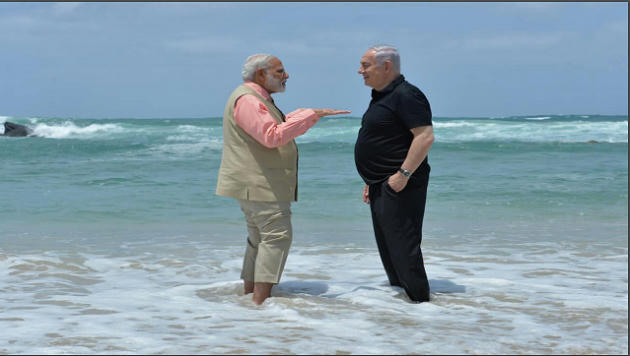
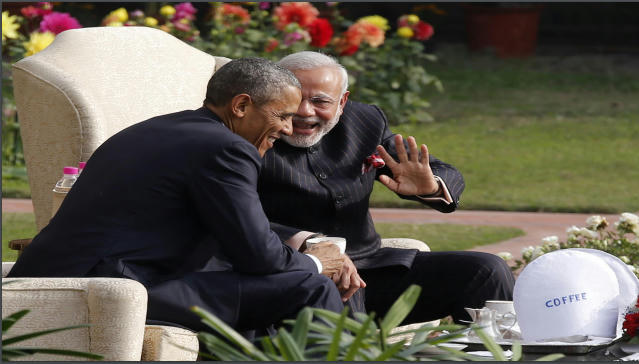
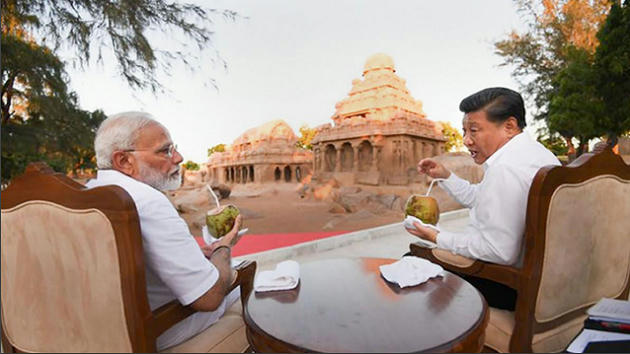
Resume dialogue with Nepal now
- The time of a pandemic is not the time to have a hostile neighbourhood.
- India and Nepal have reached a new low in bilateral relations when both countries are facing a humanitarian crisis.
- On May 8, the Defence Minister of India tweeted: “Delighted to inaugurate the Link Road to Mansarovar Yatra today.
- The BRO achieved road connectivity from Dharchula to Lipulekh (China Border) known as Kailash-Mansarovar Yatra Route.
- The Oli government’s sharp reaction was unexpected — the road was being built for years, so for it to pretend that it was unaware of this development and therefore surprised at its inauguration defies logic.
- “The recently inaugurated road section in Pithoragarh district in the State of Uttarakhand lies completely within the territory of India. The road follows the pre-existing route used by the pilgrims of the Kailash-Mansarovar Yatra. India and Nepal have established mechanism to deal with all boundary matters. The boundary delineation exercise with Nepal is ongoing. India is committed to resolving outstanding boundary issues through diplomatic dialogue and in the spirit of our close and friendly bilateral relations with Nepal.”
- Nepal’s Foreign Minister: why talks on this important matter could not take place under lockdown when the ‘inauguration’ of the road could take place during the COVID-19 crisis.
- Prime Minister K.P. Sharma Oli: “Indian virus” as more damaging than the “Chinese virus”. He also questioned India’s faith in ‘Satyameva Jayate’.
- India and Nepal enjoy a unique relationship that goes beyond diplomacy and the governments of the day.
- Over three million Nepalese live in India and lakhs of Indians live in Nepal.
- Gurkha Rifles, known for the best in warfare.
- On the issue of defining the boundary, the Treaty of Sugauli (1816) and the 1960 agreement between India and Nepal on the four Terai districts prevail.
- The Sugauli Treaty outlines the east of Mahakali River as Nepal’s territory, and the west of it as India’s territory.
- Nepal claims that the origin is in the higher reaches of this hilly territory which would establish its claim on Kalapani and Lipulekh.
- The Boundary Committee constituted in the year 2000 failed to resolve the issue.
- There is a need to renew it to end the cartographic tussle between the two countries.
NEWS
- Military-level talks positive: Rajnath
- It’s not in India’s character to hurt another country’s self-respect; nor can it tolerate any attack on its dignity, Defence Minister Rajnath Singh said on Monday.
- Military-level talks had been very positive.
- “Both India and China have agreed that they will continue talks to resolve the border dispute,” he said.
- Marginal decrease in daily cases
- The daily increase in total number of COVID-19 cases fell to 8,552 on Monday after going beyond 10,000 recently.
- According to the Indian Council of Medical Research (ICMR), 1,08,048 samples were tested on June 8, a steep decrease from the 1,42,069 samples tested the previous day.
- The recovery rate increased marginally to 48.43%.
- MSME revival package yet to take off
- Banks still await RBI guidelines on ₹20,000-crore equity support scheme
- The scheme, which was to provide ₹20,000-crore equity support to stressed MSMEs and those categorised as non-performing assets, was approved by the Union Cabinet on June 1.
- L-G overrules Delhi govt. order to restrict COVID-19 treatment
- Lieutenant-Governor Anil Baijal, in his capacity as Chairperson of the Delhi Disaster Management Authority, on Monday overruled the Aam Aadmi Party government’s decision to restrict COVID-19 treatment and admission at both private and State-run city hospitals to those bearing documented proof of residence in Delhi.
- In another order, the L-G directed that guidelines issued by the Indian Council of Medical Research regarding testing of contacts of patients be followed “without any deviation”, effectively overturning the AAP government’s order for COVID-19 test only for symptomatic patients.
- Four local militants killed in Shopian
- As many as 22 militants have been killed in the Valley in the past two weeks, says J&K police chief
- Four local militants were killed in an encounter with security forces in south Kashmir’s Shopian on Monday after a four-hour operation.
- A day earlier, five militants were killed in the same area..
- INS Shardul evacuates 233 from Iran
- The Navy’s INS Shardul departed from the port of Bandar Abbas in Iran on Monday evening with 233 Indian nationals who are being evacuated under Operation Samudra Setu.
- New Zealand is free of COVID-19
- Prime Minister Jacinda Ardern thanks citizens as nation lifts restrictions after 75 days
- New Zealand lifted all social and economic restrictions except border controls after declaring on Monday it was free of COVID-19, one of the first countries in the world to return to pre-pandemic normality.
Download Free PDF – Daily Hindu Editorial Analysis






















 WhatsApp
WhatsApp